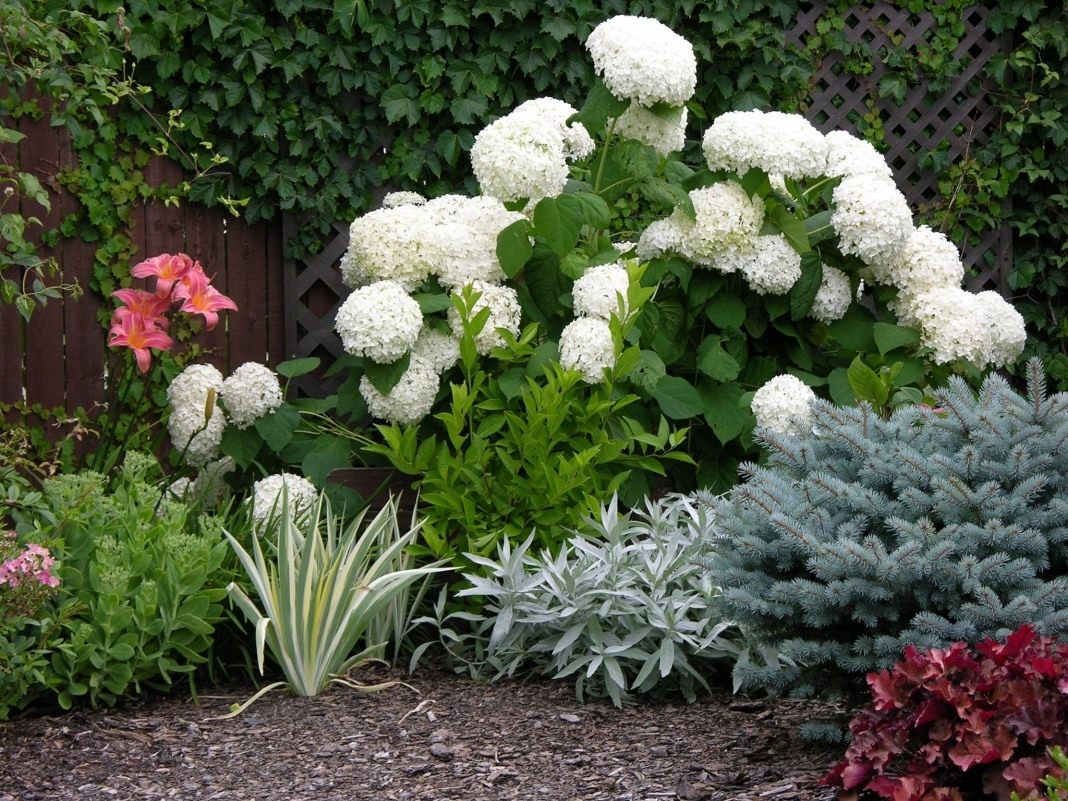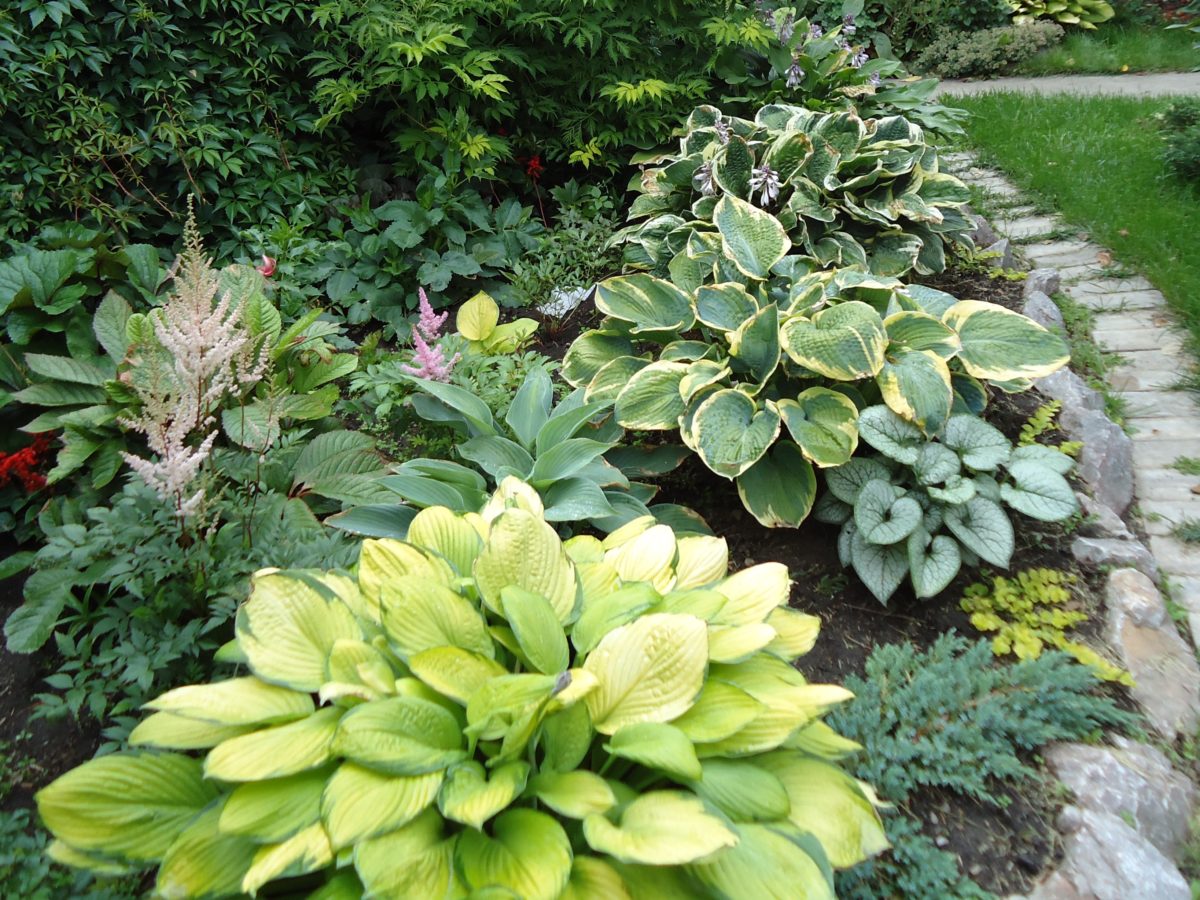Garden plants
Paniculate and tree hydrangeas: varieties, photos and description
Hydrangea is an incredibly beautiful and original shrub. In the world, it has a large number of varieties, but in our area the most common of them are paniculate and tree-like. They can often be found in gardens in different parts of our country.Hydrangea varieties
Features of yucca aloe, elephant and other plant species
The beautiful evergreen yucca plant is prized by flower growers for its graceful trunk and beautiful dark or bluish-green leaves at its top. Depending on the species, the stem can have several points of growth and branch beautifully, and the leaves can be either erect or drooping. The tree is unpretentious and care for it is not difficult. Therefore, yucca is often chosen for decorating a room, office or creating a composition. There are many tree varieties, but only a few specimens are used for growing in indoor and garden conditions, the distinctive features of which can be read in this article.How to grow yucca
Growing hydrangea paniculata grandiflora
Having set out to decorate their site, many gardeners often use hydrangea shrubs for such purposes. With them, any backyard area will be able to acquire a particularly spectacular look. Among the numerous varieties of the plant, of particular interest is the panicle hydrangea grandiflora, which is very popular with domestic flower growers.How to grow hydrangea
Hosta: planting and care in the open field, types and photos
Hosta is a species of herbaceous perennial plants of the asparagus group, although before that it was considered a lily family. The plant is named after the botanist N. Host. There are about 50 varieties of this flower in total. The host's historical habitat is the Kuril Islands, the Far East and Asia.All about growing hosts
Kobeya climbing in the garden: growing and photo
Plant a kobei to make your backyard look smart and bright. This beautifully blooming shrub vine is simply made for garden landscaping. The homeland of the thermophilic climbing plant is the mountain forests of the subtropics and tropics of Central and South America. In our country, as a rule, it is grown as an annual plant, since the kobei does not always tolerate our frosts.Kobea climbing




